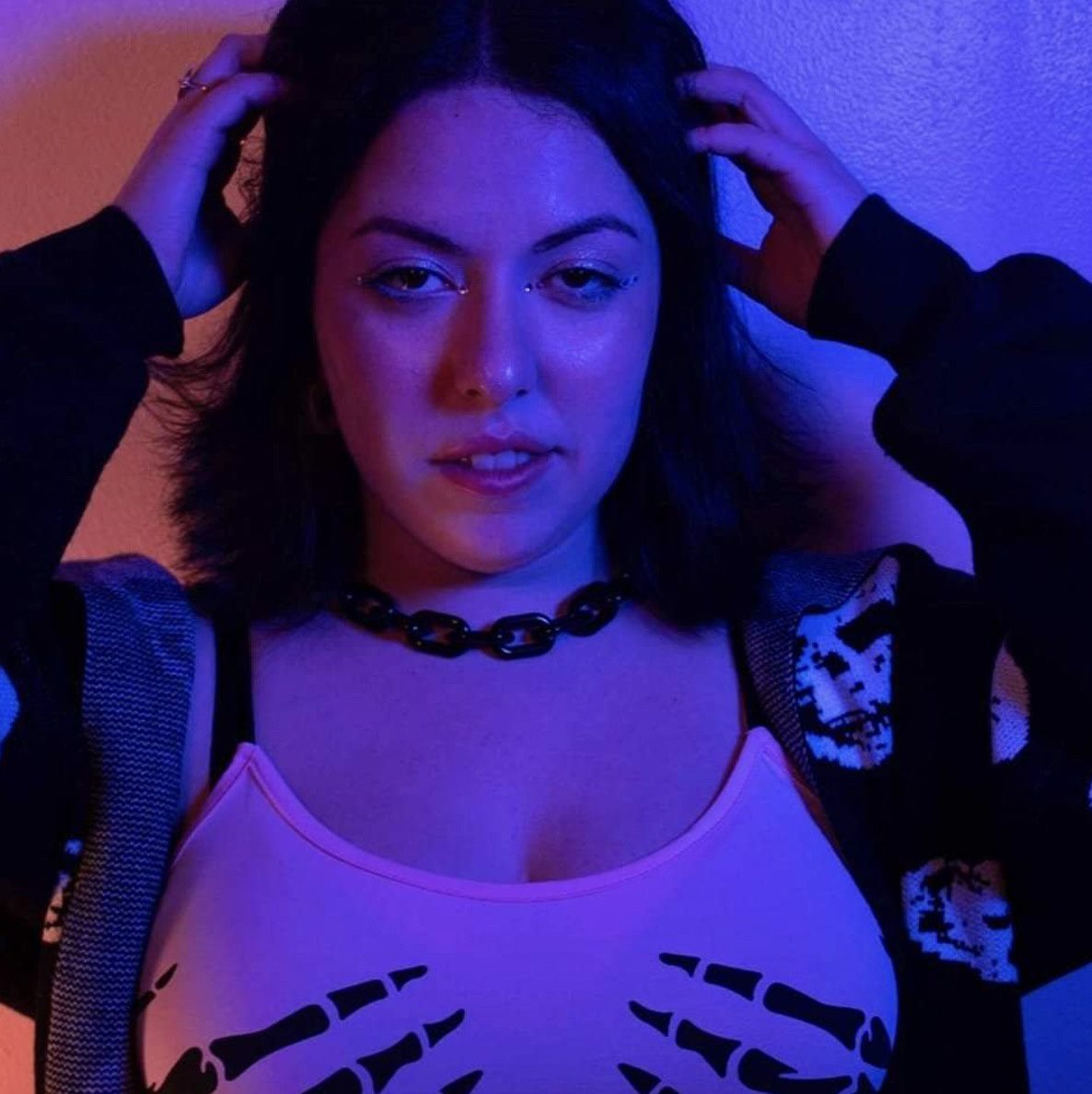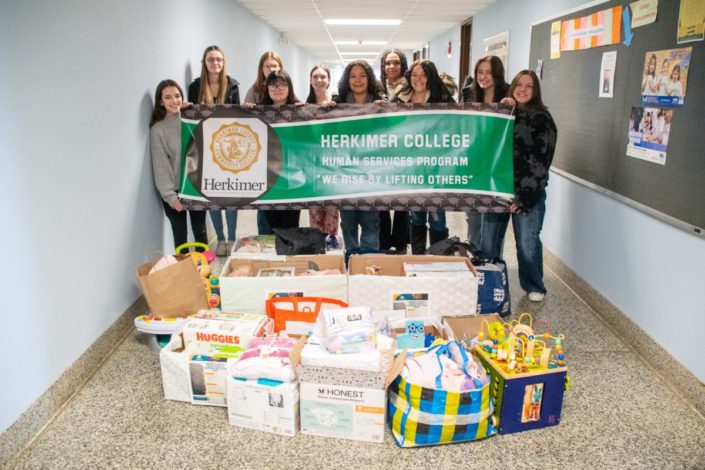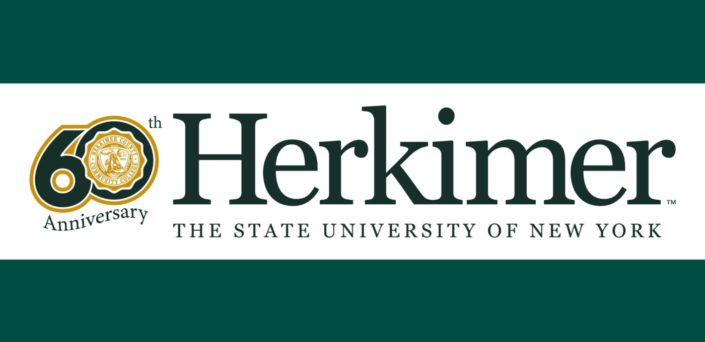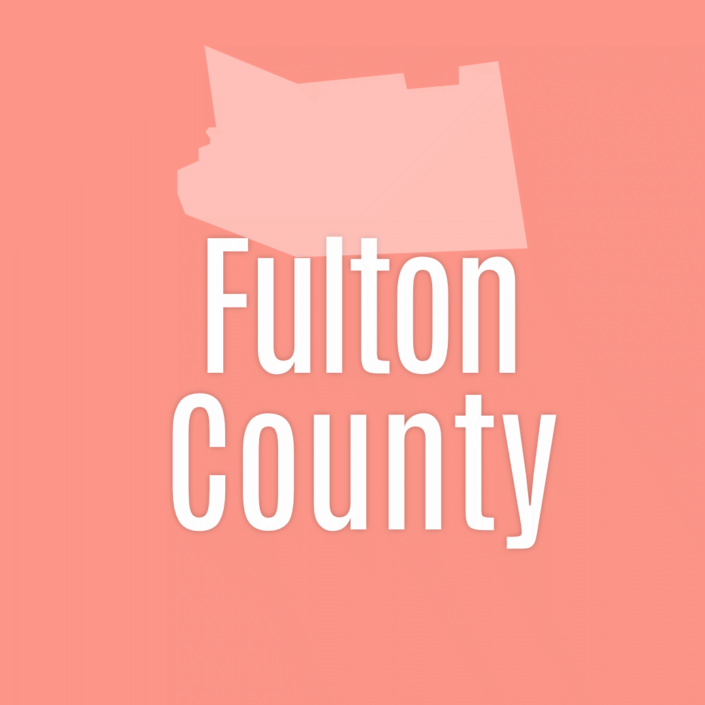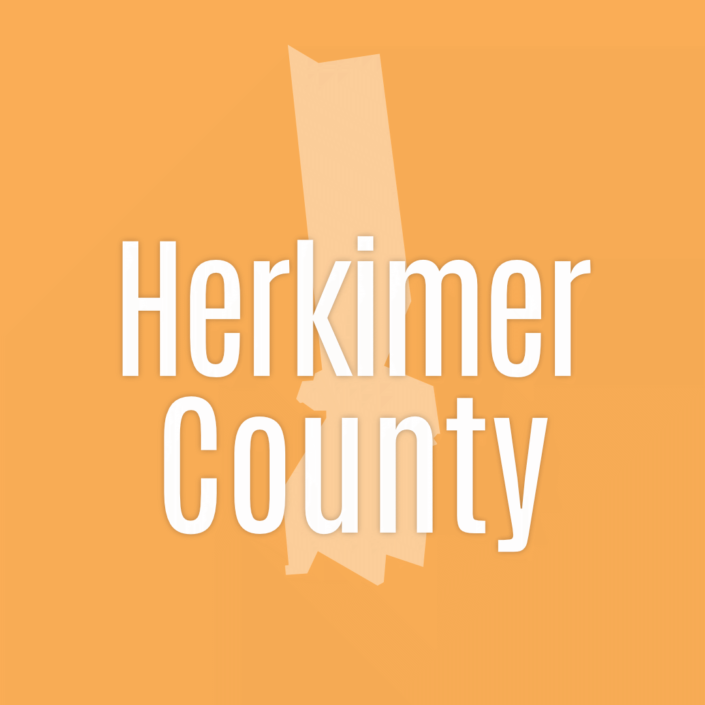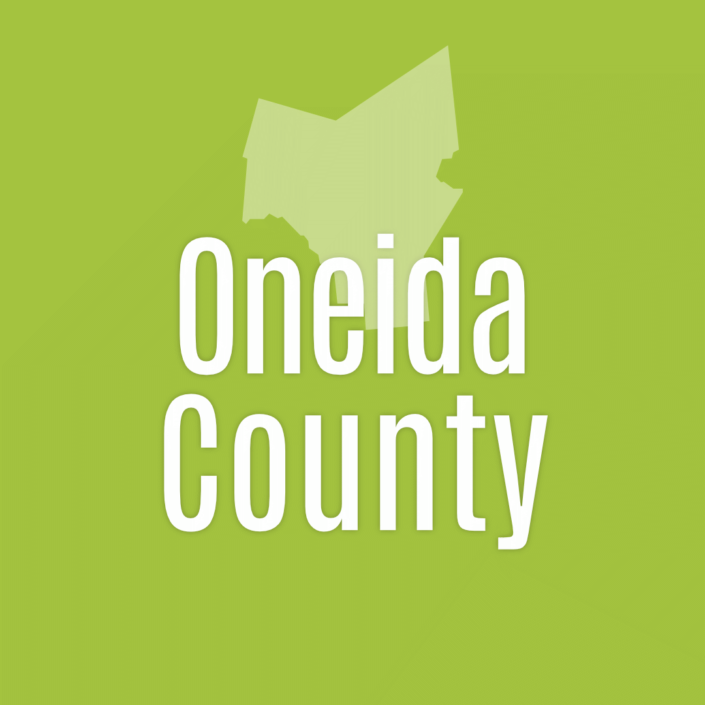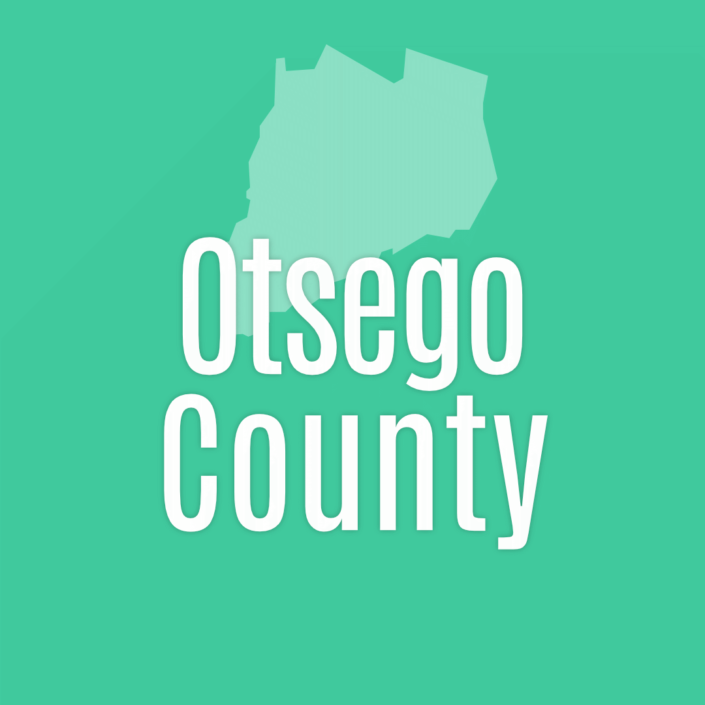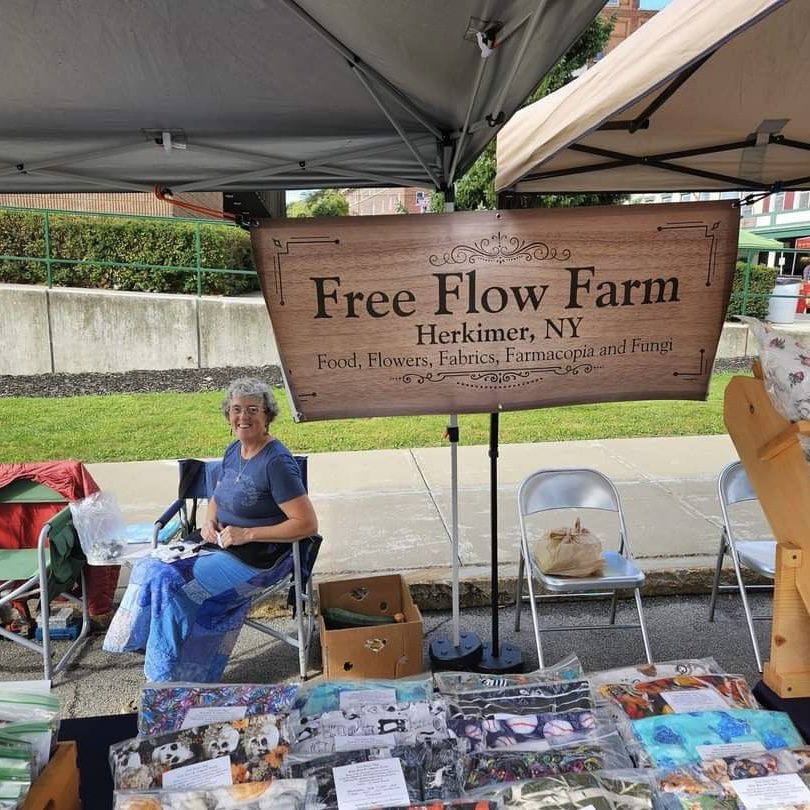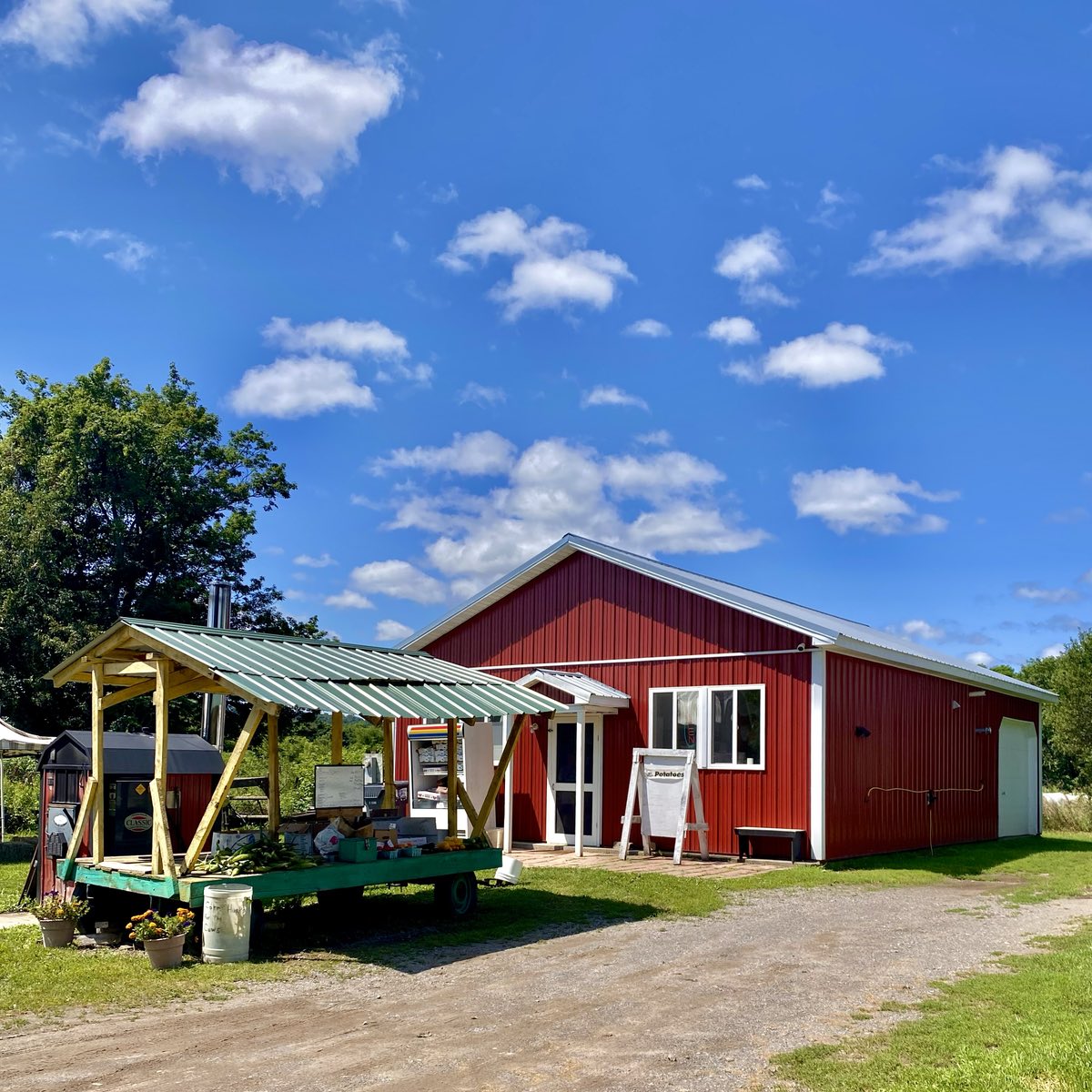Our Neighborhood Spotlight: Monica Lewis
by Cheyenne Dorsagno
What do modern Americans believe?
Organized religion has declined. More of today’s Americans identify as “spiritual” rather than “religious.” Likewise, National Geographic reported that paganism is on the rise.
In 2018, Juelz Cullen of Kirkville founded Witches and Heathens of CNY. https://www.facebook.com/WitchesandHeathensCNY/
Pagan beliefs and practices take many individualized forms. So, the Group only identified two core values: unity and mutual respect.
“We embrace all paths without judgment,” the Group stated. “There is no singular right way.”
Moreover, the Group educates the public on their YouTube channel. You may also want to check out “Witchtok” on TikTok. Or, you can read “Llwellyn’s Witches Companion: An Almanac for Contemporary Living.” (2013)
Witches & Heathens of CNY aspires to have a diverse, nationwide network.
One such witch is a Utican named Monica Lewis.
She’s been an active participant for about 14 years, since she was age 15.
“Within Pagan practices, it’s a common belief that each of us is our own leader. Priestesses may lead covens, ritual groups, or forums. [But] the core of our practice lies in self-guidance. … Your journey and practice are entirely yours to define, guided by your own inner calling,” she said.
Due to its customizable potential, there are as many versions of paganism as there are pagans. Mainstream religions pose Paganism as a threat, portraying witches as scary stock characters.
Well first, let’s have a little vocabulary lesson to set everything straight. Going from broad to specific…
Neo-paganism: a modern religion that includes beliefs and activities that are not from any of the main religions of the world – for example, the worship of nature.
Witchcraft: the activity of performing magic to help or harm other people.
Wicca: a modern religious form of witchcraft.
*Source: Cambridge Dictionary
*Note: Yes, pagans most often identify the practice as distinct from mainstream religions. But, there are witches who also follow Christianity, for example.
With these clarifications in mind, Monica added a disclaimer: “I do not identify as Wiccan.”
“Many, including myself, perceive Wicca as diverging from authentic Paganism,” she said. “It’s crucial to prioritize respect to the best of one’s ability when engaging in the practice and craft. Avoid participating in closed practices, particularly those rooted in Native American culture. [It] is often appropriated within the Pagan community.”
There’s even a subdivision of witches who focus on political activism; find details in Starhawk’s book “The Spiral Dance” (1979).
These efforts echo the larger Pagan themes of community and ethics.
Otherwise, common pagan themes include
- cycles (like the seasons)
- polytheism (the worship of more than one god), and
- animism (the belief that objects, places, and creatures all have a distinct essence).
Meanwhile, Monica is practically non-theistic. She sees the Universe as her God.
“I believe that She is the sole bringer of life and we’re made of all things Her,” said Monica.
Similarly, one popular Pagan tradition celebrates life.
Because the beginning of summer is akin to nature’s fertility. This is one of eight holidays (or sabbats) known as Litha (Midsummer). It’s always on the longest day of the year, summer solstice – June 24 this year!
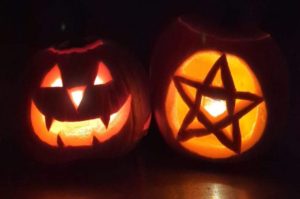 “Once, I attended a Pagan gathering in the backyard of an old coworker to celebrate the summer solstice,” said Monica. “We began a small ritual around a bonfire, invoked the elements, and danced around the flames.”
“Once, I attended a Pagan gathering in the backyard of an old coworker to celebrate the summer solstice,” said Monica. “We began a small ritual around a bonfire, invoked the elements, and danced around the flames.”
While there is communal potential in paganism for “Coven Witches”, one can also be a “Solitary Witch”.
There are Kitchen Witches and Green Witches, for example. They love to engage in the craft through cooking or herbalism, respectively.

Photo of Monica Lewis. Photo provided by Monica Lewis.
Furthermore, you can even include your pet (your familiar) in the practice. You can draw on them for protection and insight.
Additionally, you may want to create a spiritual space at home known as an altar.
In fact, you may already have an unofficial altar at home. It may be as simple as an intentional, personalized assemblage of objects. Like a table of keepsakes tributing cherished memories. Maybe photos and flea market finds from your trip to Guatemala. Also, an altar can be a kind of vision board for protection and prosperity. Maybe you aspire to live every day like your vacation-self.
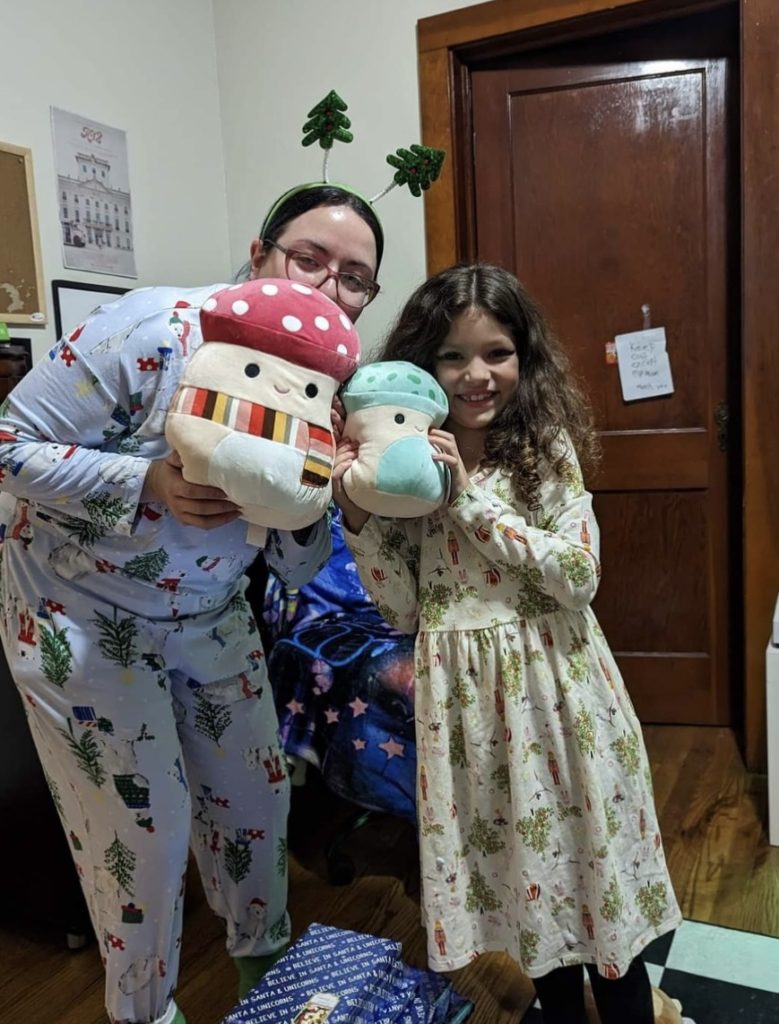
Photo of Monica with her daughter, Amber Lumbrazo, on Christmas morning, 2023. Photo provided by Monica Lewis.
You can have an ancestor altar in a peaceful, communal living space.
Why? To honor them and to show them gratitude for giving you life! You can also keep their memory alive, Just as you would want for yourself.
With an ancestor altar, you can even continue building your relationship. Give them offerings and draw on their guidance. They are unique spiritual allies — they’ve lived as human before!
So, what goes in an ancestor altar? Maybe ashes. Photos. Heirlooms. A map showing your family tree (or a symbolic tree). Divination tools (like tarot cards or a pendulum).
Here’s an example of an ancestor altar that Juelz made for herself:
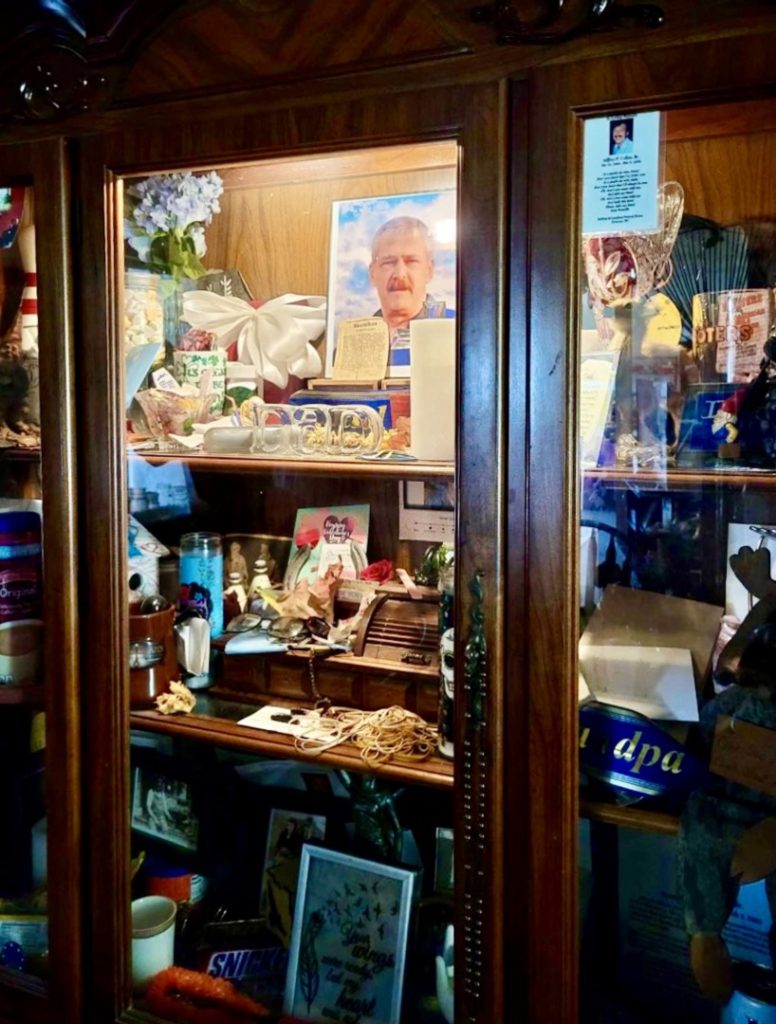
Given the varieties of witch practice, there’s no required initiation nor formal qualification.
So, anyone can be a witch. Many famous musicians identify as such – like Adele and Lana Del Ray.
Other than music, witches often have specific tools. Maybe an athame (a ceremonial dagger). Or moon water (water that has spent a night under the moonlight).
Similarly, you can get handcrafted spiritual tools and gifts from Juelz via Julie’s Cauldron. (juliescauldron.com)
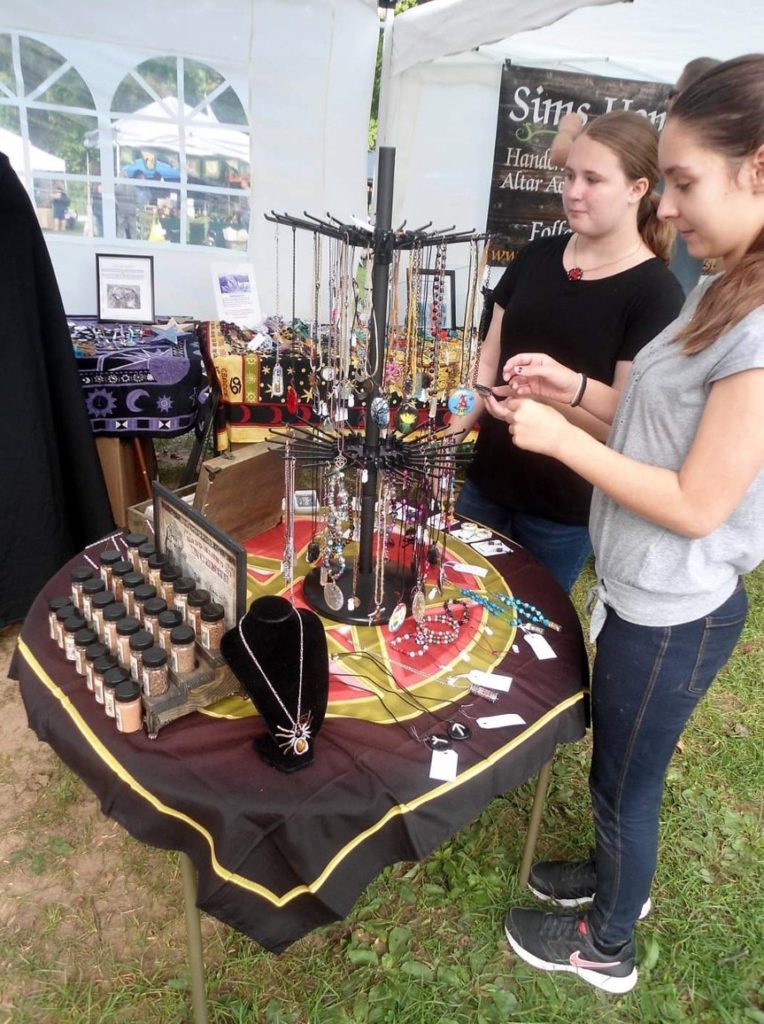
Photo of a pop-up shop of Julie’s Cauldron at the 2016 CNY Pagan Pride Day in Liverpool, NY. Photo provided by Juelz Cullen.
The pagan community has some oft-believed rumors floating around out there.
For example, Monica has seen pagans regarded as “Satan worshippers”. They allegedly seek to break tradition, hurt children, and summon evil.
“But real satanists who practice the religion are actually wonderful people,” she clarified.
Above all, the heart of the issue is a stigmatization and villainization of “alternative” practices.
“I have been called delusional because they assume I think I can wave a wand and turn a frog into a flower.”
Instead, Monica sees her power in becoming one with the self and nature. “We can manipulate energy because we’re connected to the Universe’s energy,” she said.
As with anything else, participants may have good or bad intentions.
“Our community embodies qualities of kindness and love. [But] it’s important to understand that we are also resilient and assertive. Crossing us may lead to consequences,” warned Monica.
Despite peer hesitation, paganism has brought a lot of joy to her life.
“Through the craft, I’ve discovered a sense of purpose. I’ve gained insight into others and the Universe. I’ve developed a profound respect for myself. The practice has consistently been a source of guidance and solace.”
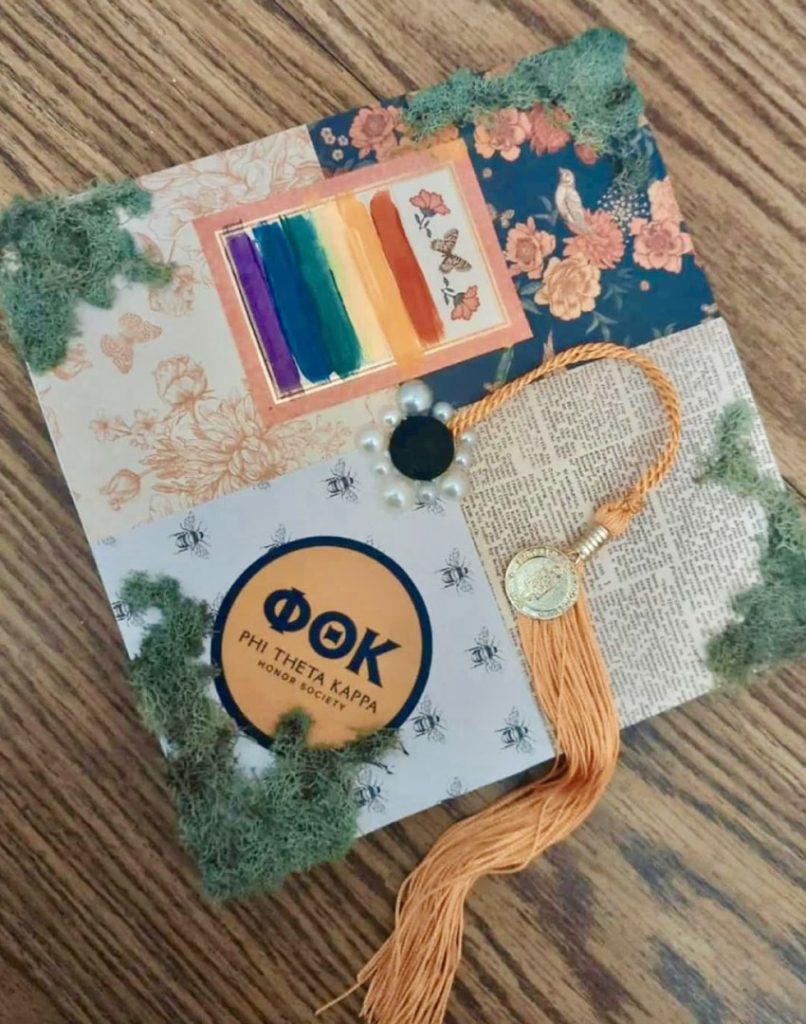
Photo of Monica Lewis’ 2024 graduation cap after completing her Associates at Mohawk Valley Community College. Photo provided by Monica Lewis.
About Cheyenne Dorsagno
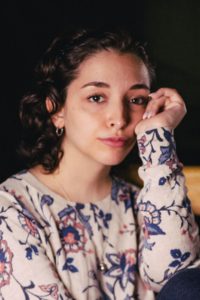
Cheyenne Dorsagno
Cheyenne Dorsagno is an Italian-American born and raised in underdog Utica, NY. She studied English at SUNY Oneonta with a minor in Professional Writing and an Editor-in-Chief role at the newspaper. Currently, Cheyenne strives to make our big world a little smaller by introducing locals to their neighbors via human-interest pieces shared on her blog, Our Neighborhood. She’s pursuing creative writing in her free time and various freelance writing in her professional time, such as by copy-writing.
Cheyenne Dorsagno
Contributing Author
Cheyenne Dorsagno is a wonderfully talented writer and contributing author on Mohawk Valley Today. Cheyenne highlights artists and creatives along with culture and trends that are happening throughout the Mohawk Valley. She brings her positive energy to everything she does.

